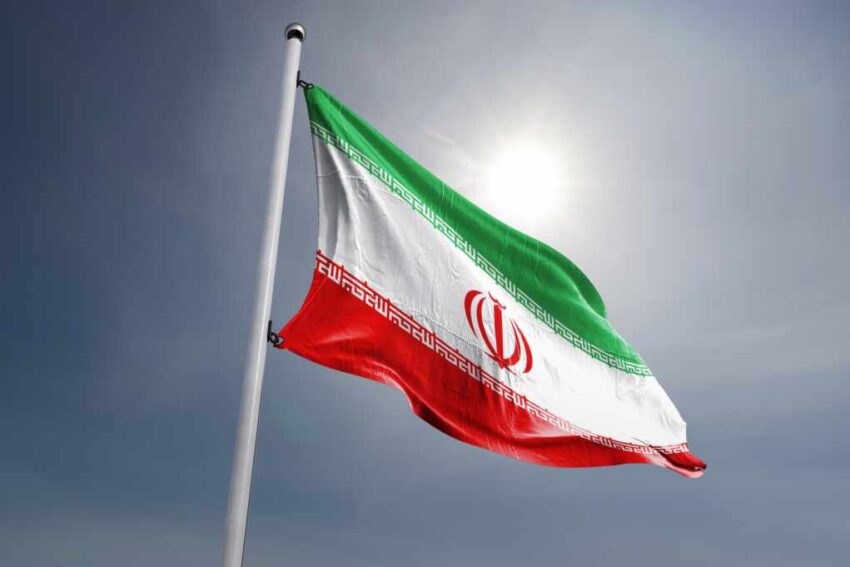Despite the largest joint US-Israeli assault on Iran’s nuclear program in history, Israeli officials now admit that some of Iran’s highly enriched uranium stockpiles likely survived—leaving the world on edge and Americans wondering what exactly all that chest-thumping achieved.
At a Glance
- Israel and the US launched major strikes on Iran’s nuclear facilities in June 2025, but key uranium stockpiles likely survived.
- Israeli officials warn Iran could quickly resume its nuclear program thanks to surviving material and expertise.
- International inspectors have limited access, fueling concerns over what Iran might be hiding.
- The incident raises doubts about the effectiveness of military action versus diplomacy.
US-Israeli Firestorm Meets Iranian Shell Game
In a coordinated display of military might in June 2025, the United States and Israel unleashed a full-scale air and missile blitz on Iran’s nuclear infrastructure. Targeted sites included the fortified complexes at Fordow, Natanz, and Isfahan—long viewed as the beating heart of Tehran’s atomic ambitions. Officials trumpeted early success, suggesting the strikes would delay Iran’s nuclear capabilities by years. But within weeks, those declarations unraveled.
Watch a report: Iran Nuclear Crisis: After the Strikes
Israeli defense sources, citing classified assessments, now concede that a significant quantity of enriched uranium was likely shielded in undisclosed locations, beyond the reach of missiles and satellites. The very success of Iran’s evasive strategies – compartmentalization, rapid relocation, and subterranean bunkering – reveals the limits of brute force. What was billed as a knockout punch increasingly looks like a bruising jab. America and Israel may have swung hard, but Tehran’s nuclear ambitions remain staggered, not shattered.
Iran’s Nuclear Cat and Mouse: Decades of Evasion
Iran’s nuclear program was born in cooperation with the West, nurtured under the 1950s Atoms for Peace initiative, but after the 1979 revolution, it mutated into a clandestine game of deception and denial. Over the decades, Iran has weathered cyberattacks, assassinations, and diplomatic pressure, only to emerge more resilient each time. The recent strikes may have crippled visible infrastructure, but the deeper threat—the intellectual and material core—endures.
The International Atomic Energy Agency (IAEA) confirms its inspectors now face “severely limited access”, leaving gaping holes in global oversight. The fear in Washington and Jerusalem is not only about what survived—but what never surfaced to begin with. Tehran’s consistent ability to reconstitute and relocate nuclear assets suggests that even the most forceful attacks cannot pin down a threat engineered to be fluid, buried, and dispersed.
Strategic Setback or Trigger for Retaliation?
Beyond the failed goal of neutralization, the geopolitical fallout is already profound. Oil markets have reacted violently, with prices spiking nearly 20% since the strikes. Regional powers are scrambling to recalibrate their defense postures, with Saudi Arabia and Turkey reportedly accelerating their own nuclear considerations.
Most ominously, Iran’s leadership is using the strikes to galvanize nationalist fervor, portraying the attack as a violation of sovereignty and proof that diplomacy is dead. With the diplomatic track crippled, and inspectors sidelined, the world faces a terrifying new reality: a nuclear adversary operating in the shadows, uncontained and emboldened. For Americans, the lingering question is simple but chilling—after all the fire and fury, has the threat only grown stronger in the dark?
Click this link for the original source of this article.
Author: Editor
This content is courtesy of, and owned and copyrighted by, https://thecongressionalinsider.com and its author. This content is made available by use of the public RSS feed offered by the host site and is used for educational purposes only. If you are the author or represent the host site and would like this content removed now and in the future, please contact USSANews.com using the email address in the Contact page found in the website menu.








